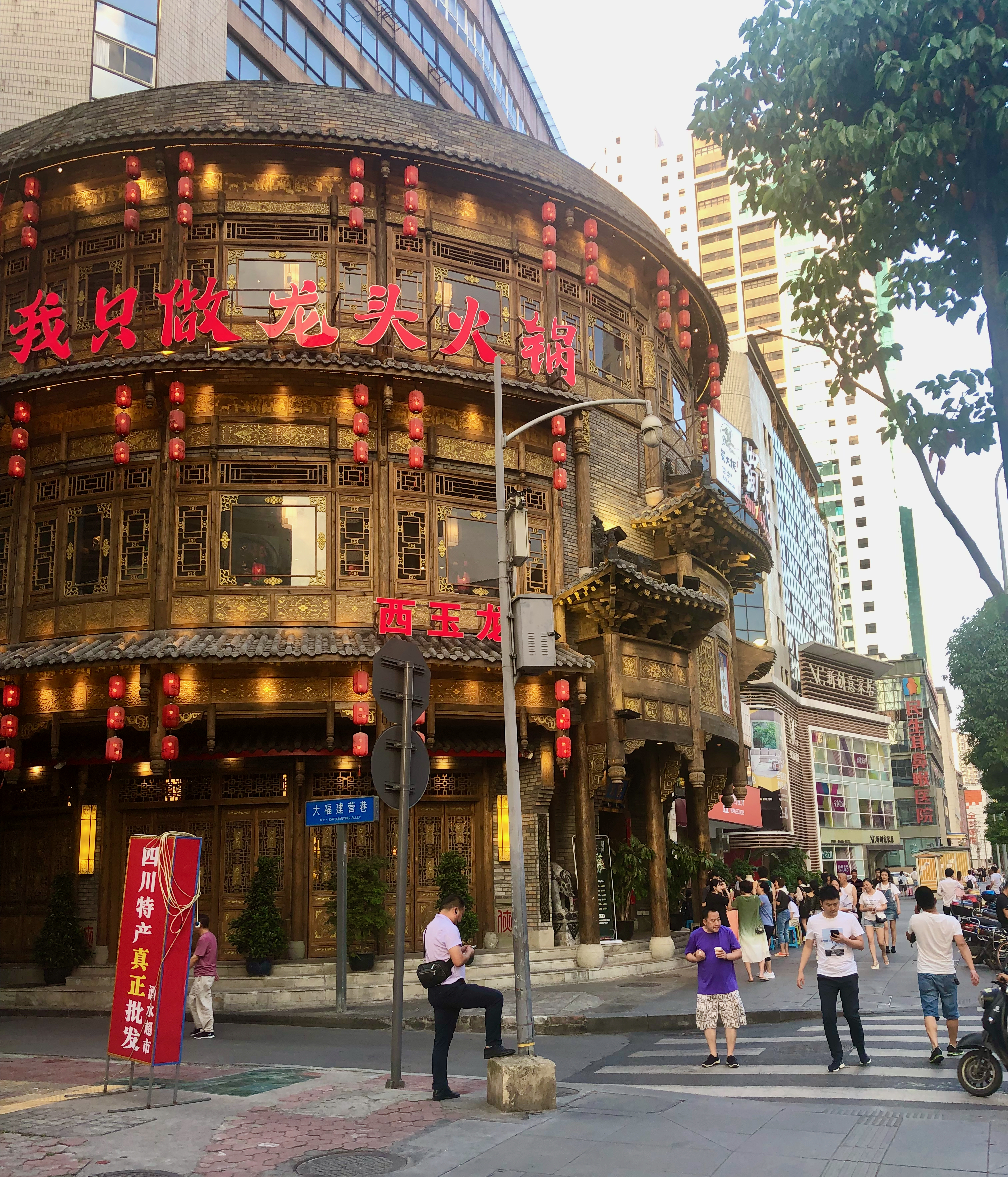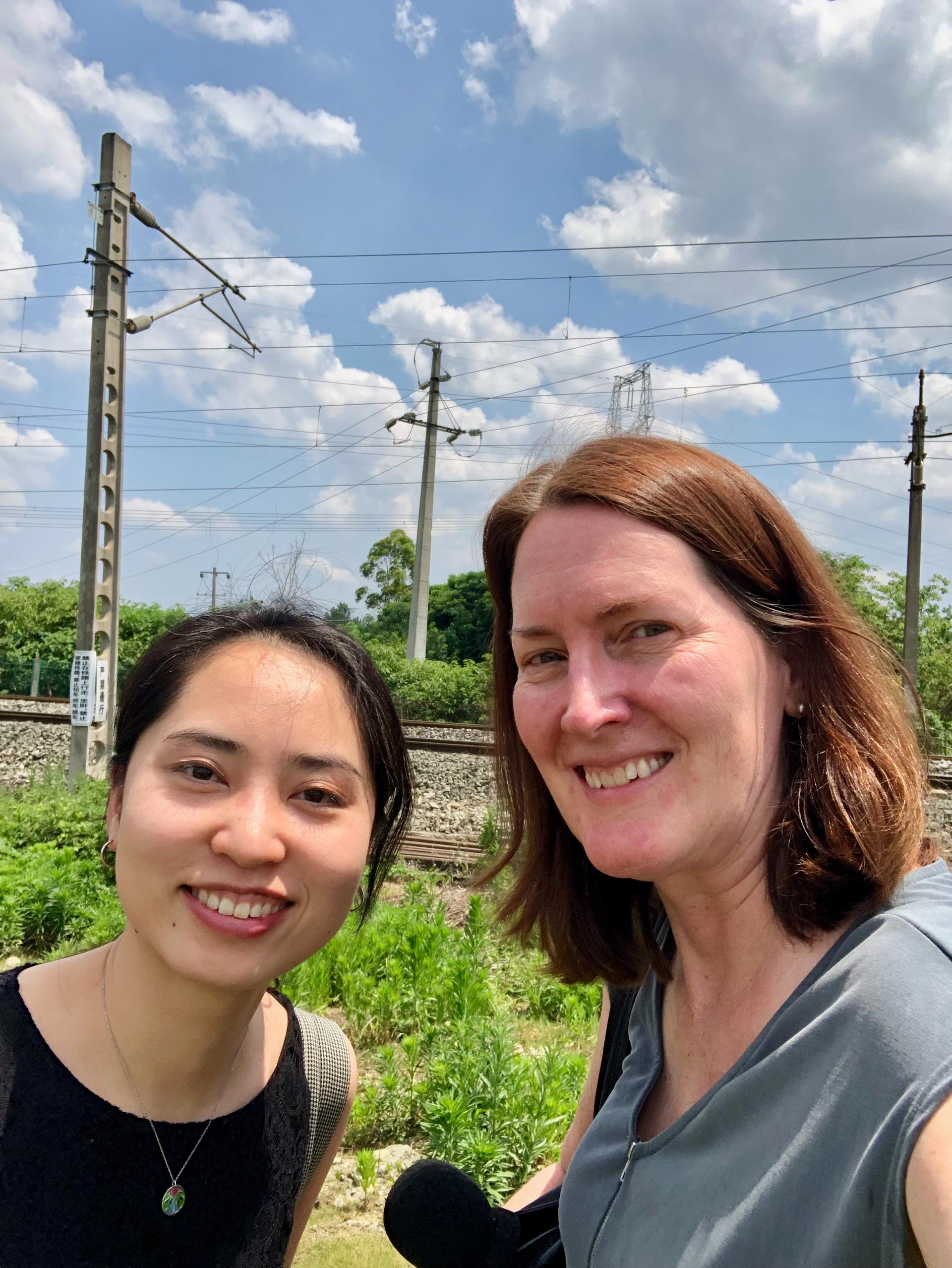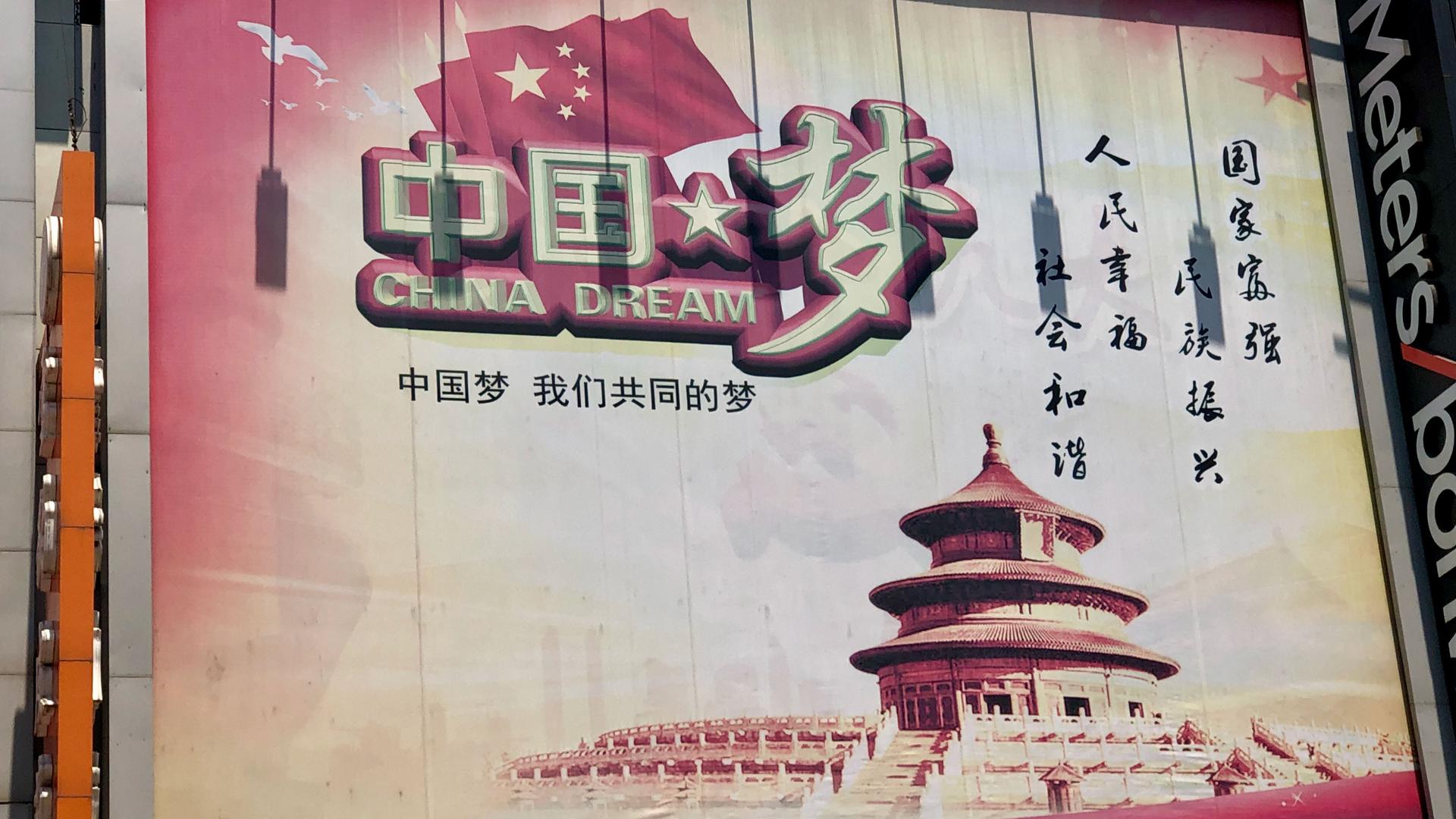This essay is part of “On China’s New Silk Road,” a podcast by the Global Reporting Centre that tracks China’s global ambitions. Over nine episodes, Mary Kay Magistad, a former China correspondent for The World, partners with local journalists on five continents to uncover the effects of the most sweeping global infrastructure initiative in history.
If you’d asked Chinese people a decade ago to define the “Chinese dream,” you might have heard answers that sounded a lot like the American dream: opportunity, self-made prosperity, time for leisure with good friends and family, a happy life.
I asked that very question in different parts of China in the leadup to the 2008 Beijing Olympics and in the years just after, when I was The World’s China correspondent. China, at that point, had undergone an extraordinary economic transformation, using profits from being the factory of the world to build cities, highways, airports and high-speed rail all over the country, connecting people and raising incomes, living standards and expectations.
But when President Xi Jinping came to power in 2012 as Communist Party chief, and in 2013 as president, he made it clear he had a different dream. The “China dream,” he said, is for China to be strong again in the world, as it was for centuries. He has called on Chinese to unite behind this one shared dream and make it a reality.
As part of that plan, President Xi launched a new initiative in the same year he became president. He even enshrined it in China’s constitution — it’s that important to his vision of China’s place in the world.
It’s called the new Silk Road, a new take on the era centuries ago when caravans of traders came from Europe through Central Asia, to China, when ships sailed from China to Southeast Asia to Europe.
The new Silk Road is also called the “Belt and Road Initiative” — as in, a belt of land routes and a maritime Silk Road of sea routes, connecting China with much of Asia, Africa and Europe, with more projects in Latin America, the Arctic, in cyberspace and in space.

Most of the world’s countries have signed on to be part of it, and so far, China has laid out more than half a trillion dollars in loans and investments, with mostly Chinese construction teams now applying abroad the infrastructure-building experience they learned at home.
China’s leaders pitch the new Silk Road as a “win-win.” In some countries, Chinese investments and infrastructure building have indeed helped create jobs and boost incomes, just as similar efforts did in China.
In other countries, people aren’t so sure about the “win-win” thing. Some joke about this being a double win for China, with China giving loans for projects that seem to serve China’s long-term interests more than meet the most pressing local needs. At least eight new Silk Road partner countries are carrying too much debt for their financial health, a study by the Center for Global Development in Washington, DC, has found.
In my new podcast with The Global Reporting Centre, “On China’s New Silk Road,” I team up with local journalists in five continents to explore how China’s global ambitions are seen around the world, what impact China’s new Silk Road investments are having on the ground, and how COVID-19 and other challenges are affecting China’s goals.
First up, a stop on the ancient Silk Road and the new one: Chengdu, capital of Sichuan, home of spicy hot pot and convivial teahouses, and a city with one of the fastest-growing economies in China over the past decade.

“I think it’s quite amazing, just to think about it, how fast everything is going,” says Shuang Li, a Chengdu native and a journalist who worked with Reuters news agency in Shanghai for a decade before moving to the San Francisco Bay Area. “I remember the early years when China was building the high-speed rail, and a lot of people were very skeptical. ‘This is a huge investment. How can you get it back?’ But then, just within a few years, it completely changed the way that people travel.”
On the new Silk Road, Chengdu is a dry port, with trains traveling from its station through Central Asia to Europe. Thousands of trains now make the journey annually from China to Europe, a symbol of how the new Silk Road is retracing the path of the old. But it’s not yet become a game-changer in how goods are shipped from China.
“Overland cargo transport from China through central Asia to Europe doesn’t have a really strong strategic advantage on cost or speed,” says Eli Sweet, vice-chair of the American Chamber of Commerce of southwest China, and formerly with Chevron Petro-China.
“We were shipping… thousands of tons of cargo every month,” he says. “And it wasn’t going by rail through the Silk Road to Europe, even though that rail line was already open at the time. Mostly that was used by Volvo for shipping car parts. If you want something fast, air cargo shipment is still a lot more effective. And if you want something that’s going to be the cheapest, sea freight is definitely the most cost-effective.”
Shuang also found, when talking on background to European representative trade offices in Chengdu, that “people still want to use the sea, and go through the ports of Shanghai or Tianjin. Because people here — they don’t know how to deal with various goods. So, it can take them a long time to clear customs.”
It’s still early days for the new Silk Road, and many Chinese entrepreneurs and officials have been known to learn fast and adapt quickly. That could make new Silk Road projects more attractive — and affordable — for countries now reeling from a COVID-induced economic hit.
But in the seven years since the new Silk Road initiative launched, even some countries that signed on to it have grown concerned about Chinese aggression in the South China Sea, on China’s border with India, and in Chinese diplomacy. Some have started to cancel or cut back Chinese loans and Chinese-built projects. Some have begun looking for other investment partners, and Japan, India, the European Union and to a lesser extent the United States, have started offering alternatives.
That leaves President Xi Jinping with a quandary. It’s one thing to have your own dream, to make China great again in the world, and ordering the Chinese military and civilians to work together to more swiftly reach that goal. It’s quite another to get others on the new Silk Road to dream your dream, much less accept it as their reality.
